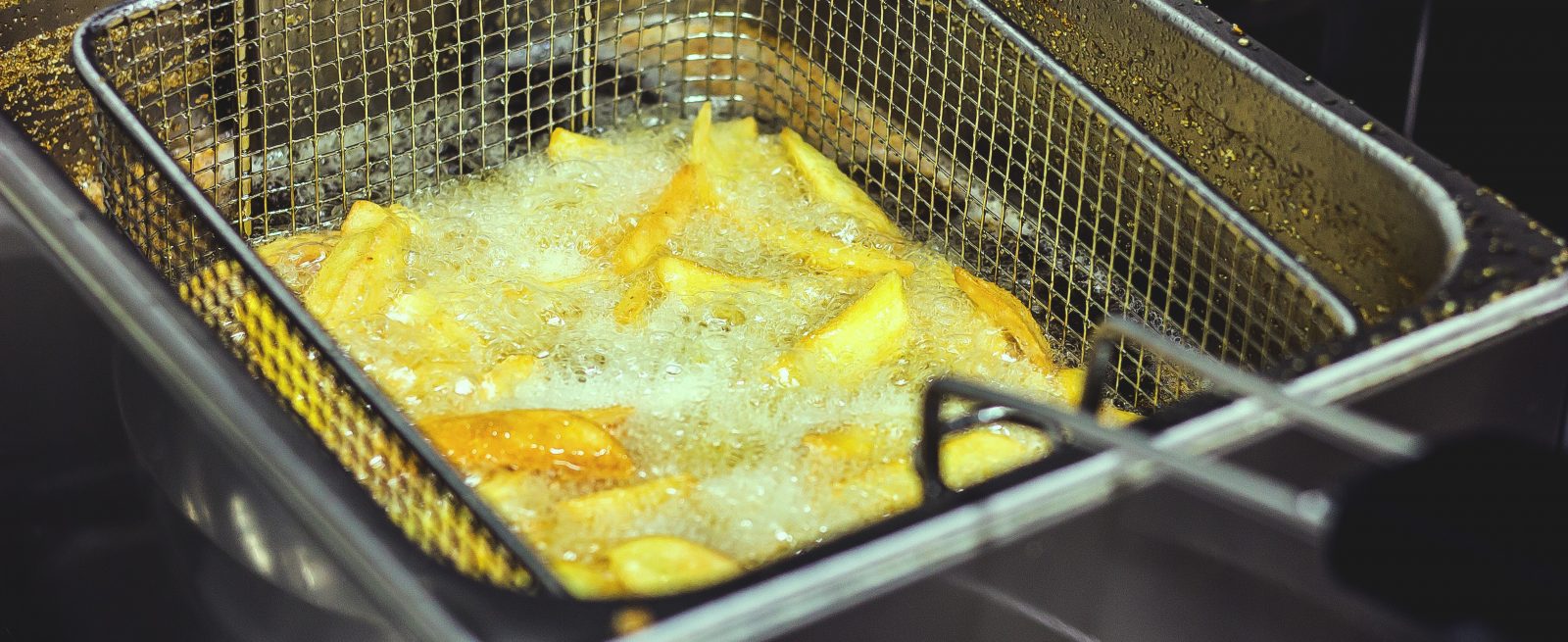A Little Sizzle: Restaurant’s Guide to Recycling Cooking Oil
4 Min Read By Tyson Keever
After serving up that last batch of fries, it’s time to replace the oil in the restaurant’s commercial-grade deep fryer. So, what steps can a restaurant take?
One option is to recycle the used cooking oil. Cooking oil that has been used in deep fryers and other common cooking methods is an excellent source material for biodiesel, a cleaner burning alternative to petroleum diesel fuel that offers striking environmental benefits.
As the cooking oil market continues to grow, choosing to recycle your oil into environmentally friendly biodiesel is an easy way to get started down the path of sustainability.
Today, the global cooking oil market continues to experience significant growth. According to a 2018 report by Zion Market Research, the industry is expected to reach approximately 130 billion by 2024, a rise from 85 billion in 2017. This growth not only presents tremendous opportunity to recycle oil into environmentally friendly biodiesel, but also introduces an influx of new jobs that will leave a significant impact on the economy. For the alternative fuels industry, this means retailers who sell biodiesel will benefit from increased business as market demand for biodiesel increases.
Made from either recycled oils and fats or from oil-bearing plants, biodiesel is a non-toxic, high quality fuel with a carbon footprint up to 85 percent smaller than traditional diesel. Plus, recycling cooking oil that would otherwise go to waste is a practically effortless practice to put in place and can be done at virtually no cost.
Getting Started with Used Cooking Oil
So, what’s the best way to start recycling your used cooking oil? Here are a few steps to guide you in the process:
Size Your Oil Collection Container
In order to determine the size of collection container needed, consider the following factors:
- City regulations: a nearby vendor who collects used cooking oil near you will be able to outline the regulations in your service area and help ensure that your container is compliant.
- Space: your container may be stored inside or outside. Regardless, turn to your nearest oil collector to make sure that you not only have a container that’s the best fit for your space, but can also identify a location for the container that will be easily accessible and minimally disruptive.
- Oil use: evaluate the amount of oil you will use each month. If you are opening a new restaurant, review your oil purchase plans to estimate your monthly use. Adjustments can always be made later on.
Set a Cooking Oil Collection Schedule that Works for You
- Establish a collection schedule based on how often your container is expected to fill up. A vendor will aim to collect your used cooking oil before the container fills up, but will also be flexible and work with you to keep up with the restaurant industry’s unpredictable nature. Maintain an open line of communication so your vendor knows how and when they can best support your team’s used cooking oil recycling needs.
- It is no surprise that the disposal of fats, oils and greases in the restaurant industry is already heavily regulated. Most cities enforce strict disposal codes designed to keep these materials out of the sewer and storm water systems. In fact, restaurants who fail to comply with kitchen grease-related regulations are subject to fines that can involve thousands of dollars in penalties. As you can imagine, this can severely impact small businesses.
So, while you may already be contracting with a vendor to collect and haul away your used oil, or yellow grease, as it’s known in the material collection industry, it’s important to understand that not all vendors will recycle the oil they collect. Used cooking oil is sometimes reused to make other products, such as cosmetics and pet food. Selecting a vendor who is using oil for biodiesel production, either directly or with a third party, will allow you to fully reap the environmental benefits.
The Cooking Oil Refinement Process
Now that a vendor has collected your bin full of used cooking oil, what happens next? After the cooking oil has been collected, it must be tested to ensure it’s free of contaminants.
Following testing, the oil is then dried and purified to remove food particles and other impurities that could prevent its refinement into usable biodiesel. This purification process involves filtration to remove larger particles, as well as heating to separate useable and recyclable fat. Finally, once it’s purified, the used oil can be refined into biodiesel through a process known as transesterification.
In simple terms, transesterification describes a chemical reaction between the purified oil and an alcohol that results in the creation of alkyl esters – which we call biodiesel – as well as a small amount of glycerin. It’s possible to make use of both the biodiesel and the glycerin produced through this process. Glycerin is sold for use in other manufacturing processes, while the biodiesel makes its way to stations, retailers and into trucks of diesel-powered fleets.
As the cooking oil market continues to grow, choosing to recycle your oil into environmentally friendly biodiesel is an easy way to get started down the path of sustainability. It costs nothing to implement, and requires minimal effort on your part, while allowing your company to make truly sustainable contributions to both the environment and economy.


